Introduction
A social media calendar is a fairness for busy social marketers.
When you create and post content on the fly, you run into typos, tone issues, and other mistakes.
It’s safer and more efficient to dedicate specific time in your workday to creating, tweaking, proofreading, and scheduling posts.
In addition to making your work day less stressful, a social media calendar can help you plan an effective mix of content.
You can find opportunities to boost social messaging across all platforms.
And, you’ll be able to time your posts to reach a huge workable audience.
What Is a Social Media Calendar?
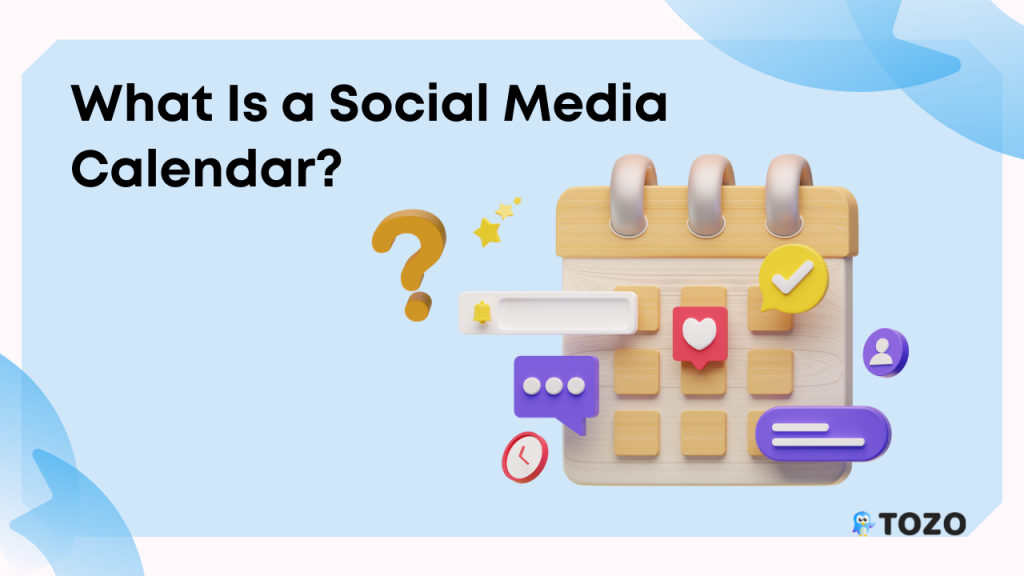
The social media calendar is an overview of your upcoming social media posts, organized by date.
It can take the form of a spreadsheet, a Google calendar or an interactive dashboard.
Importance Of Social Media Calendar :
A social media calendar can help you save time by keeping all your concepts and parcel posts in one place.
A calendar also allows you to create content in advance when you have a big picture of when everything has to go out.
How Do You Create A Social Media Calendar?
Follow the steps below to create an effective social media content plan.
More of a visual learner? Let our Social Media Lead Braden show you how to plan your weeks, months and year using our free template in less than 8 minutes:
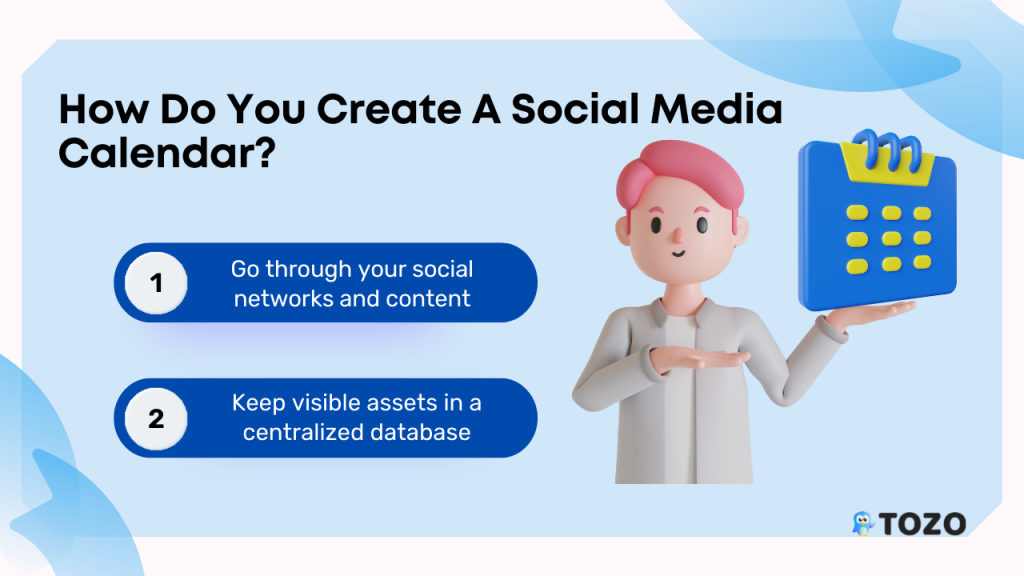
1. Go through your social networks and content :
Before you can start creating your social media posting calendar, you should have a clear picture of your existing social media accounts.
Use our social media audit template to create an accurate, up-to-date record:
- Fake accounts and old profiles
- Account Security and Passwords
- Targets and KPIs for each branded account by platform
- Your audience, their demographics and personalities
- Who is accountable for your team’s work?
- Your most successful posts, campaigns and strategies
- Gaps, poor outcomes, and opportunities for improvement
- Key metrics to measure future success on each platform
As part of your audit, make a note of how often you are currently posting on each social network.
Also look at your analytics for any clues as to how your posting frequency or posting time affects engagement and conversions.
2. Keep visible assets in a centralised database :
If you don’t already have all of your brand’s visual assets accessible to the entire team in one place, now is the time to get organised.
Your library of digital content can live on Google Drive, Dropbox, or any number of other cloud-based tools.
Compile all of your brand’s digital assets here, from logos to stock images to videos — any visual components that will be in your social media posts.
It’s also important that you provide links to individual files, which you can add to your social media calendar.
That way, there won’t be times when a post is about to go live, but no one knows where the promo video went.
Keeping your visual assets organized is just as important as keeping your calendar organized.
This streamlines the entire process for everyone and ensures that there are no hiccups along the way.
Determine what social media calendar should include
Your social media calendar will look like no other. For example, a small business owner who does their own social posting will have a simpler calendar than a large brand with a full social team.
To get the most out of your social calendar, map out the education and process that’s most important to you.
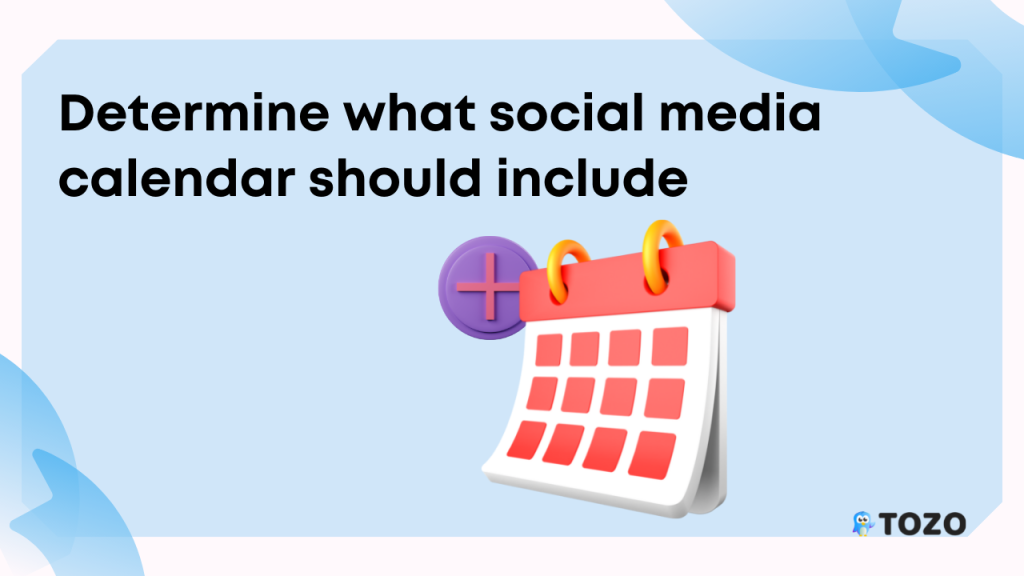
It’s usually a good idea to start with the basic details, such as:
- Link to assets
- Visuals
- Time (and time zone)
- Date
- Platform
- Copy
- Link to produce post, including any tracking info (like UTM parameters)
You may also want to include more advanced details, such as:
- Platform-specific format
- Relevant vertical or campaign (product launch, contest, etc.)
- Geo-Targeting (Global, North America, Europe, etc.)
- Paid or organic? (Additional budget details may be helpful if payment is made)
- Is it approved?
You can start with a simple spreadsheet.
But sometimes a spreadsheet just isn’t enough, which is why we’ve included our favorite calendar tools at the end of this post.
Ask your team to review, and use their feedback to better
Your calendar is most effective when it makes sense to everyone who needs to use it in their work.
Ask for feedback and ideas from stakeholders and your team to ensure it meets everyone’s needs.
As you start working with your calendar, assess how it makes you feel, and ask the team to provide ongoing feedback.
If it feels stiff and cumbersome, you might want to dial back some of the details.
At the end of this phase, you should have an airtight document that even the newest team member can understand.
Free social media calendar templates
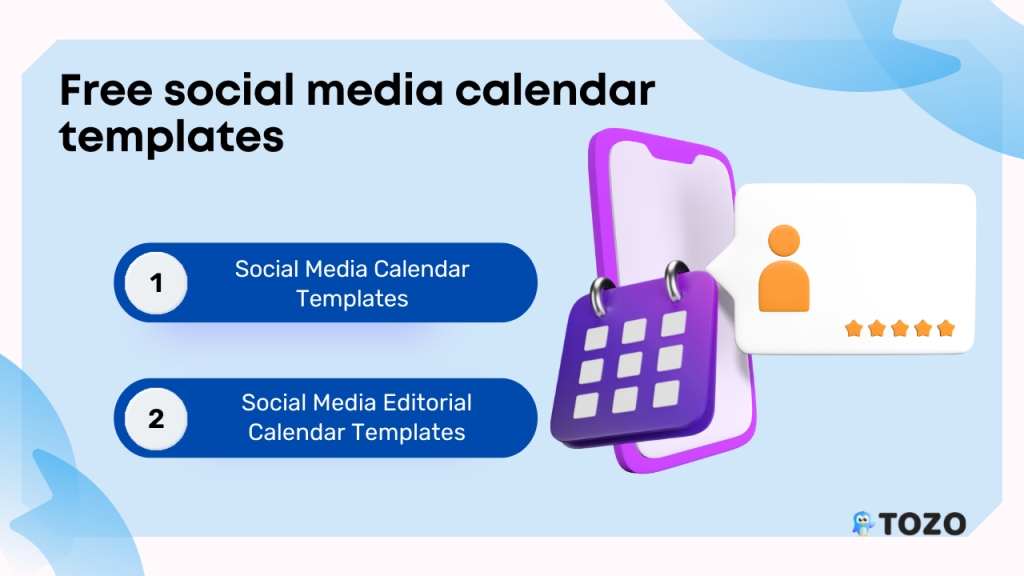
1 .Social Media Calendar Templates :
The Social Media Content Calendar template accommodates five major platforms (Facebook, Instagram, Twitter, & LinkedIn).
But it’s highly customizable, and you’re free to make it your own with the channels that make sense to you.
Be sure to innovate a new tab for each month, and plan your editorial content once a week.
It’s a content repository for blog posts that always perform well on social media, regardless of the weather.
This template contain columns for you to record and schedule :
- Topic
- Top-performing social copy
- Top-performing image
- Type of content
- Original publication date
- Title
- URL
2. Social Media Editorial Calendar Templates :
It is intended for drafting individual content assets.
Think blog posts, videos, new research, etc.
In other words, this is where you plan the content that will be promoted through your social media efforts.
Why use a social media content calendar?
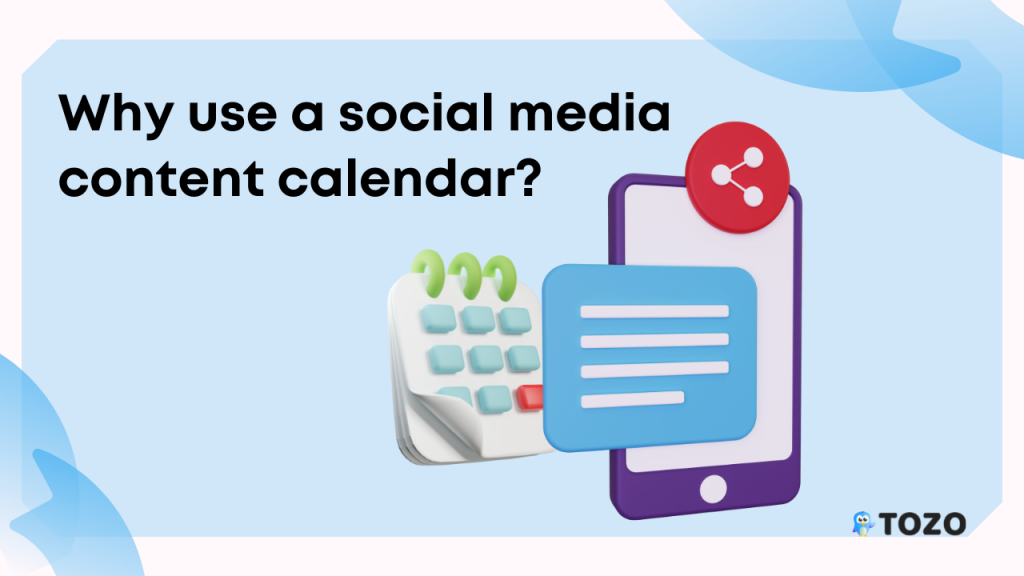
1. Get organised and save time :
Creating and posting social media content takes time and attention every single day.
A social media calendar lets you plan ahead, sell your work, avoid multitasking, and note down all your content ideas for later.
Social media planning calendar tools even allow you to schedule social media posts ahead of time to automatically post them, so you can share content every hour without having to log into all of your social platforms every day.
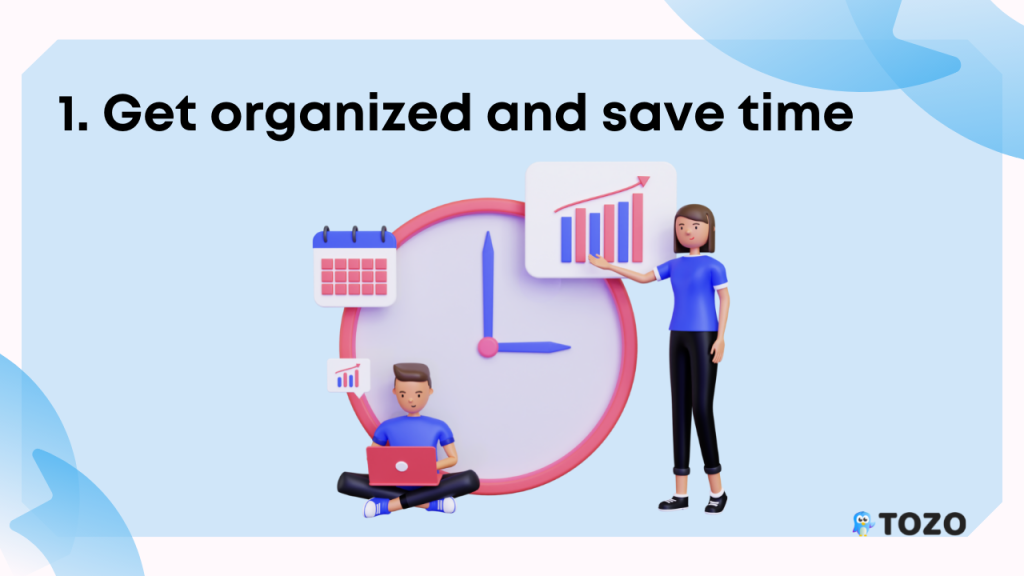
The mean internet user continuously uses 7.5 social media platforms.
This number can be overwhelming for social media managers.
Getting organized with a social media calendar and scheduled posting is an important part of managing multiple accounts.
2. Make it easy to publish consistently :
There are no hard and fast rules about how often you should post on social media.
There are some consistently accepted best practices to use as a baseline.
The important rule, no matter how continuously you decide to post, is to post on a consonant schedule.
It’s important to stick to a regular schedule so your followers and fans know what to expect.
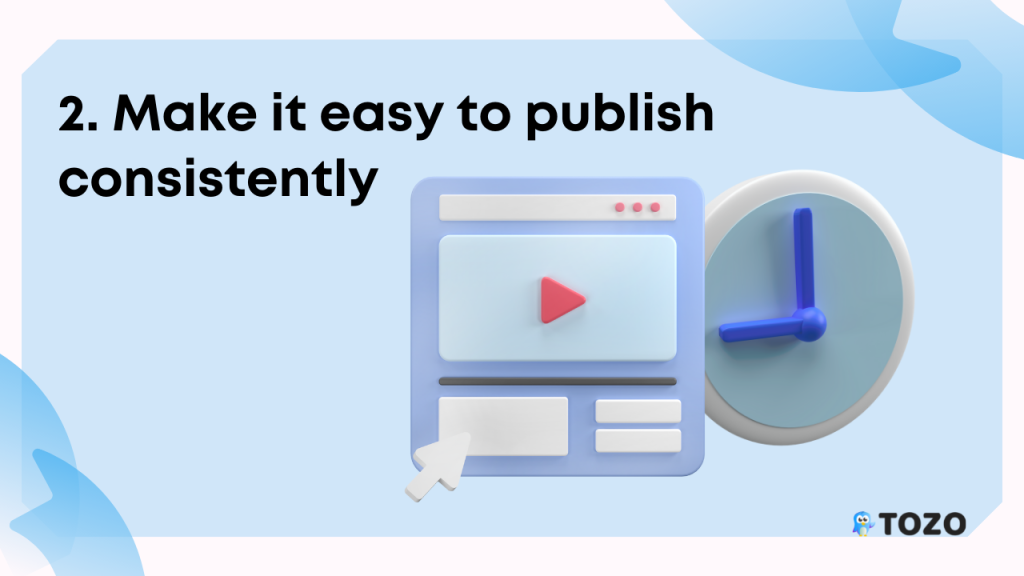
It’s also a good way to smartly use weekly hashtags like #MondayMotivation. (Personally, I prefer #MonsteraMonday, but it may not be for everyone.)
For a real-world example, take a look at The Winnipeg Free Press’ weekly content calendar.
Granted, this isn’t exactly a social media content calendar, but it is a content calendar.
And it shows how a weekly plan can help consistently anchor content ideas.
3. Make higher-quality content and coordinate operation :
The productivity values of social media have skyrocketed since its early days.
Today, it’s not unusual for a single social media post to have an entire creative team behind it:
copywriters, artists, video editors, freelance photographers, and maybe even makeup artists and stylists.
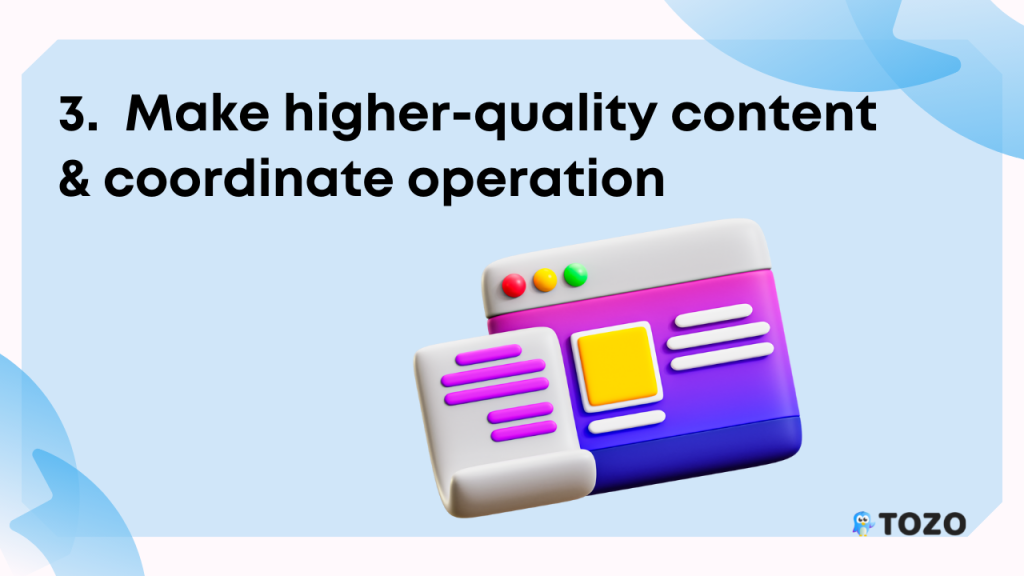
Asking your team to drop everything for an emergency Instagram reel isn’t going to win hearts or minds.
And it won’t result in your best possible content or an integrated account.
A social media calendar helps you allocate your assets—both human and digital—effectively, giving your team the breathing room to do their best work.
A long-term plan allows you to develop a consistent brand voice and content that supports your social media marketing goals and beyond.
4. Time your content to holidays and events :
Planning your content in a calendar forces you to keep track of what’s happening in the calendar.
That means you’re ready for everything from Daylight Savings Time to the Super Bowl.
We’ve created a Google holiday calendar that you can use to frame social media posts, and you can easily import it into your Google calendar to give your content planning a little extra relevance.
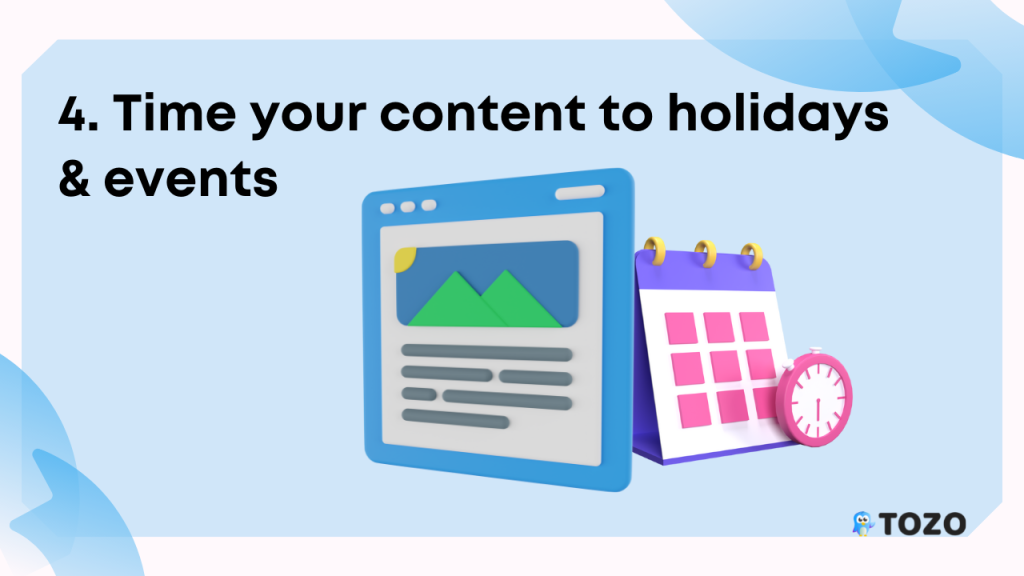
Borrowing again from the world of publishing, take a look at Charlotte Parent magazine’s editorial calendar.
It clearly shows how the overall themes and specific subjects of the year’s content align with relevant events, such as Mother’s Day and Father’s Day.
5. Spot golden opportunities for collaboration or sponsored content :
In addition to timing your in-house content for both mainstream and obscure holidays and events, planning your content in advance gives you time to think about partnership opportunities with other brands.
Or approaching influencers about working together on sponsored content.
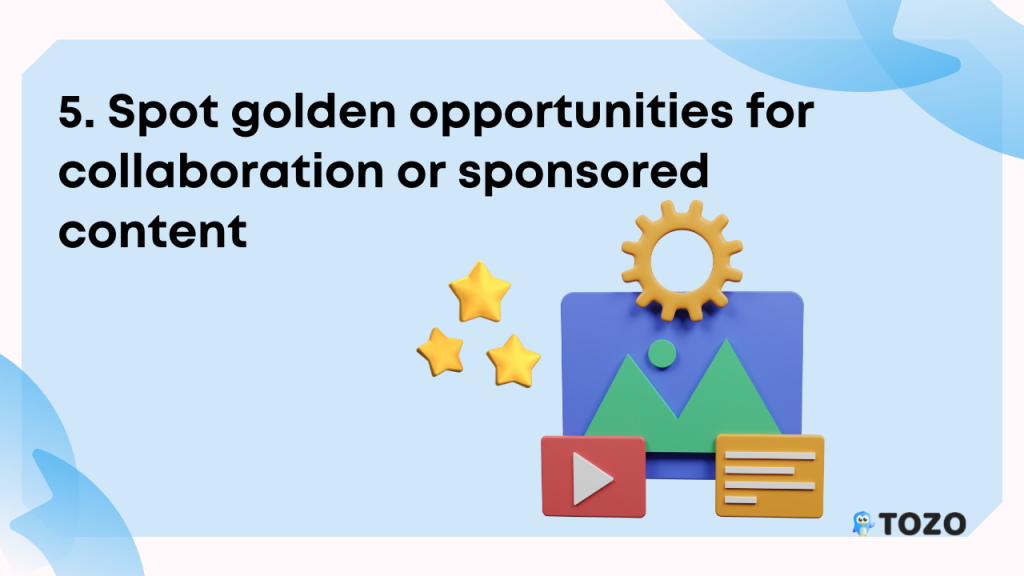
It also makes it easy to integrate your organic and paid content, so you can get the most out of your social advertising dollars.
Influencers and bloggers likely have their own editorial content calendars, which you can access through their media kits.
This is another opportunity to explore partnership opportunities through content planning.
Social media content calendar apps and tools
1. Tozo
Tozo is one of the best social media scheduling tool, you will post here 11 social media platforms.
Measure and report on the performance of your content and Monitor engagement across all your social channels. one of the best thing is you can try this tool free of cost for 30 days. and tozo gold and platinum plans also very cheap in price.
2. Google Sheets :
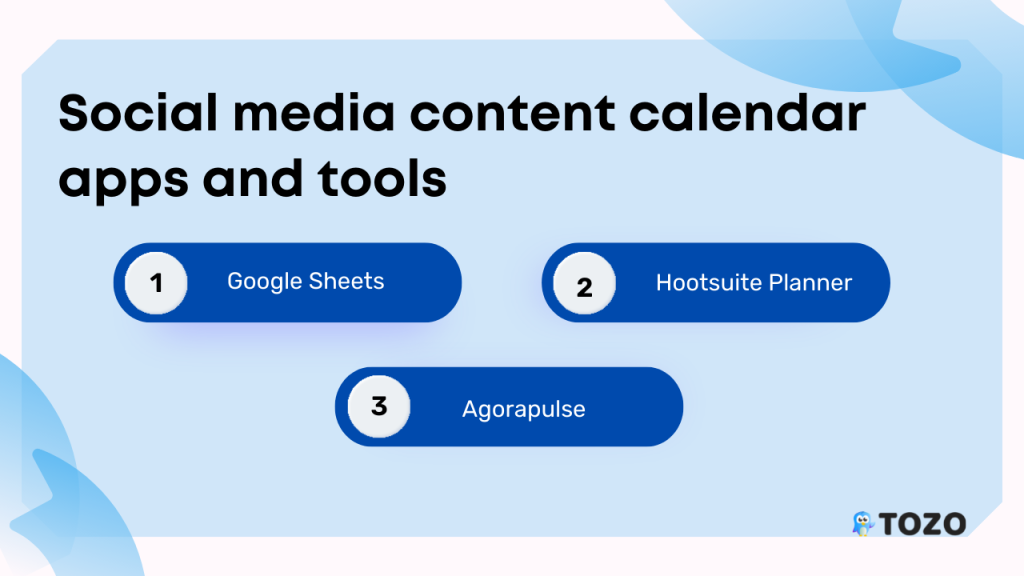
Of course, Google Sheets aren’t fancy.
But this free, cloud-based spreadsheet tool sure makes life easier.
A simple Google Sheet is a good home for your social media calendar, especially if you use one (or both) of our templates as your starting point.
It’s free, easy to share with team members and stakeholders, and it works.
3. Hootsuite Planner :
Hootsuite Planner takes things to the next level by allowing you to draft, preview, schedule and publish all your social media posts directly from your interactive calendar.
It works with all the social media platforms like facebook, instagram, etc.
The social media calendar you can create with Hootsuite’s planner is interactive.
4. Agorapulse :
Like Hootsuite, Agorapulse offers social publishing tools and a content calendar so you can easily manage your social media accounts.
This includes scheduling (or rescheduling), queuing, and uploading posts in bulk, which is incredibly helpful for teams using quarterly or monthly content plans.
Conclusion
Social media calendars can help you see all of your planned posts for the coming weeks or months.
And also, it will help you prepare your posts in advance so you always have something ready to share.



